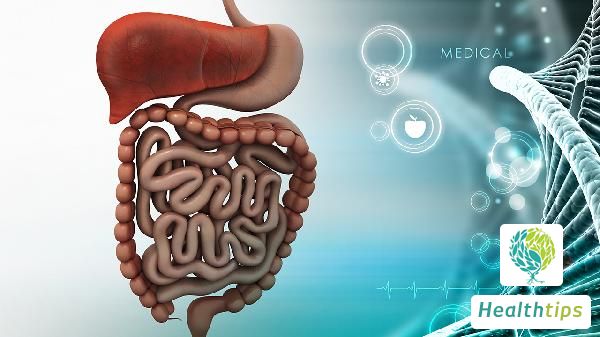"What Causes a Thin Endometrium?"
Thin endometrium can be caused by various factors such as the end of menstruation, endocrine disorders, premature ovarian failure, induced abortion, and endometritis. Let's explore each cause in detail:

1. End of Menstruation
During menstruation, the endometrium gradually sheds, leaving it in a relatively thinner state after menstruation ends. This is a normal physiological phenomenon requiring neither concern nor special treatment.
2. Endocrine Disorders
Long-term staying up late, emotional distress, and excessive fatigue can lead to hormonal imbalances in the body, thereby affecting the growth of the endometrium. Women in this situation may experience irregular menstrual cycles and reduced menstrual flow.
3. Premature Ovarian Failure
Premature ovarian failure occurs when ovarian function declines before the age of 40, resulting in insufficient estrogen secretion that cannot support normal endometrial growth. Women may experience amenorrhea (absence of menstruation) and infertility.
4. Induced Abortion
Multiple induced abortions can damage the basal layer of the endometrium, impacting its growth. This can lead to decreased menstrual flow and infertility.
5. Endometritis
Endometritis is an inflammation of the endometrium caused by pathogenic infections. Prolonged inflammation can damage the basal layer of the endometrium, causing it to thin. The causes of thin endometrium are complex and diverse. Treatment should be tailored to the specific cause, with attention paid to maintaining healthy lifestyle habits and a positive mindset in daily life.



















